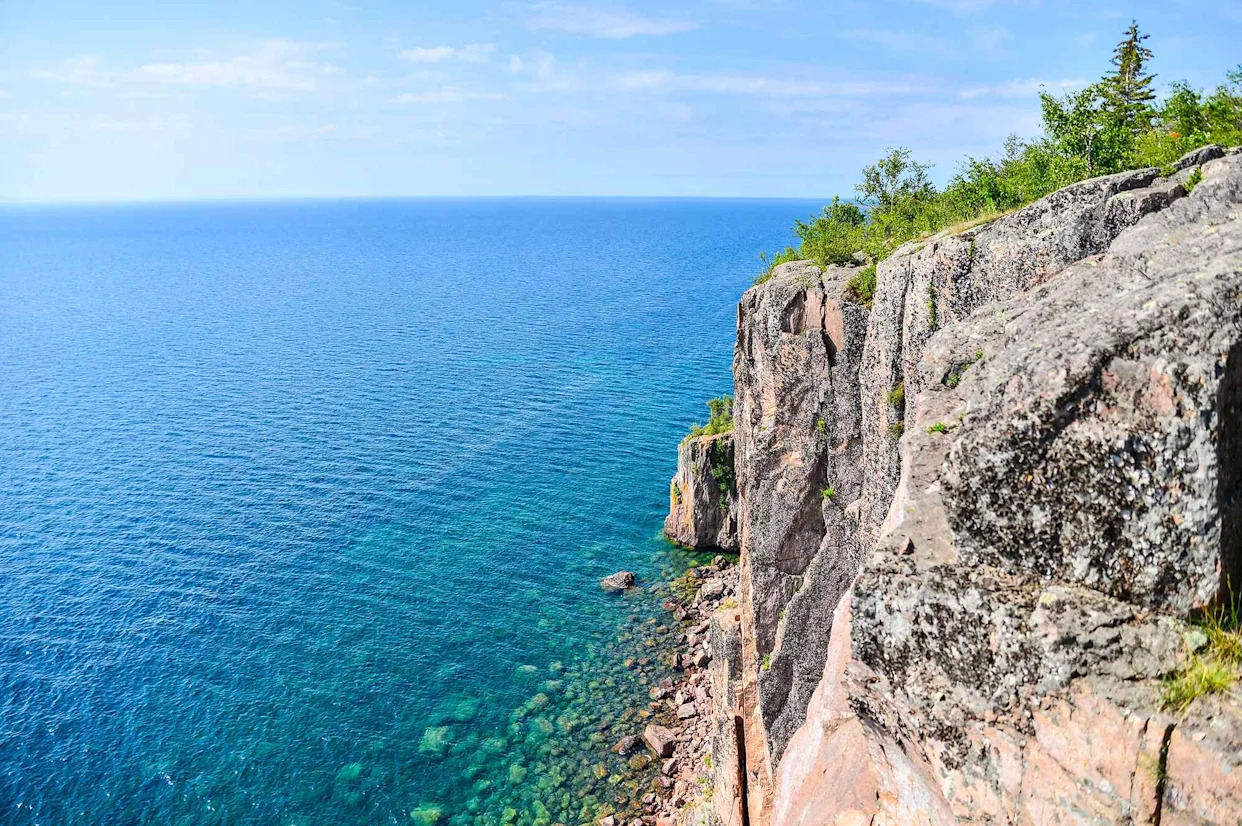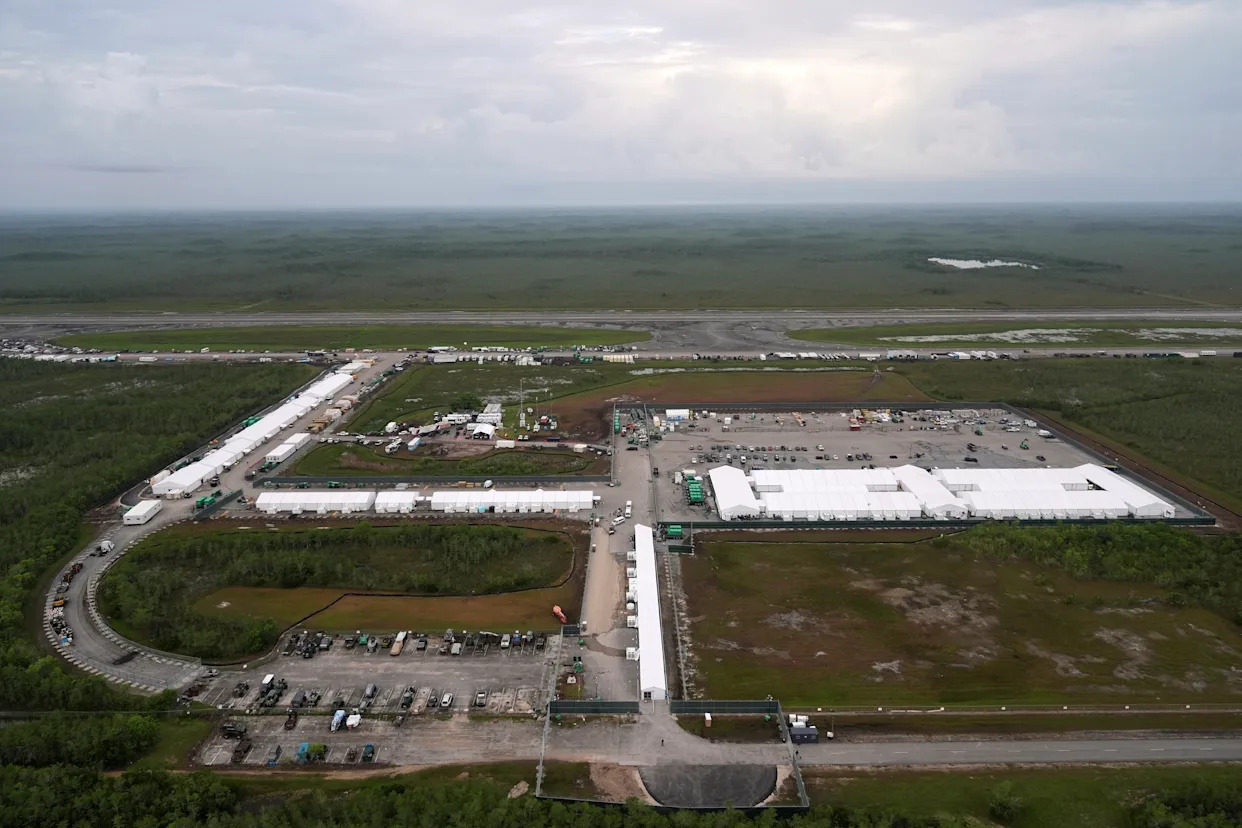
If you’re planning on swimming in a lake in the United States any time soon, there's one that’s clearly superior.
The honor belongs to Lake Superior, which stretches between the upper Midwest and Canada, touching Michigan, Minnesota, Wisconsin, and the province of Ontario, according to a study vacation rental platform Lake.com. The Great Lake was lauded for its oxygen-rich water and low mineral content.
According to the study, the large lake boasted nearly undetectable algae-friendly phosphorus levels and "second-to-none crystal-clear water." In fact, Lake Superior was so clean, it received an overall pollution score of 0 out of 10.
“We are pleased to find that, generally speaking, large lakes remain very clean and safe to swim in, though monitoring any signage near swimming spots and adhering to the indicated advice may save you from catching a rare but nasty stomach bug," David Ciccarelli, the CEO of Lake.com, said in a statement, adding "larger lakes seem to have three times less sulfates and nearly four times less [totality of minerals within the water]."
Beyond Lake Superior, Washington's Lake Chelan was named the second-cleanest lake in America with an overall pollution score of just 0.14, followed by Lake Hartwell, which straddles both Georgia and South Carolina and boasts an overall pollution score of 1.73.
On the other end of the spectrum was Florida's Lake Okeechobee, which was named the dirtiest lake in the U.S. That lake, which sits in the southern half of the state just west of the town of Jupiter, had an overall pollution score of 10 and features "visibly murky water" and "lead contamination."
That was followed by Idaho's American Falls Reservoir. While the study said the man-made reservoir appeared clear to the human eye, chemical tests found the presence of ammonia, "which should not be present at all." Lake Texoma, which borders Texas and Oklahoma, was found to be the third-dirtiest lake in the U.S. thanks to having "poorly oxygenated, solids-heavy," water with "a subtle rotten egg smell."
To determine its study, Lake.com looked at 100 of the largest lakes in the U.S. and analyzed chemical data between Jan. 1, 2020, and July 15, 2025. The researchers examined eight commonly-measured characteristics in order to determine a lake's cleanliness, including dissolved oxygen, ammonia, lead, phosphorus, sulfate, total dissolved solids, turbidity, and pH levels.
A lake vacation can be a popular choice no matter the time of year with options for fishing, swimming, boating, and even ice racing in the winter.
Read the original article on Travel & Leisure






Comments